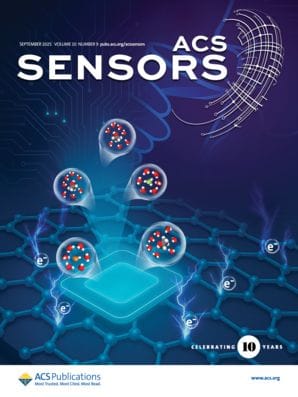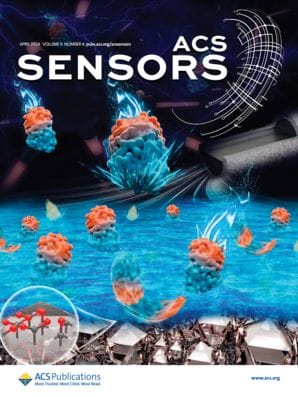This Special Issue welcomes submissions on cutting-edge research and technological innovations in CRISPR-based sensing. Submit your manuscript by April 30, 2026.

The discovery of CRISPR-Cas systems has revolutionized not only genome editing but also opened transformative avenues in molecular sensing. With the growing demand for rapid, accurate, and accessible diagnostic technologies, CRISPR sensing represents a paradigm shift in molecular detection, moving beyond traditional laboratory confines toward real-time, point-of-care (POC) applications. Beyond pioneering platforms such as SHERLOCK, DETECTR, and HOLMES, the field has rapidly evolved through innovative engineering of Cas enzymes, multiplexed detection strategies, and integration with portable readout systems. Today, CRISPR sensing stands at the forefront of next-generation diagnostics, with far-reaching applications in infectious disease surveillance, cancer genotyping, environmental monitoring, and agricultural biotechnology, offering scalable and field-deployable solutions for both clinical and non-clinical settings.
This Special Issue in ACS Sensors aims to highlight cutting-edge research and technological innovations in CRISPR-based sensing. By consolidating the latest scientific and engineering advances, the issue will critically examine persistent challenges, such as in vivo sensing, off-target effects, sensitivity, and scalability, and will help chart a roadmap for translating CRISPR-powered sensors from benchtop discovery to real-world clinical, environmental, and agricultural applications. We invite original contributions that explore novel CRISPR effector proteins with enhanced sensing capabilities, innovative molecular strategies to improve specificity and signal-to-noise ratios, the integration of CRISPR systems with biosensors, microfluidics, and wearable devices, the development of robust POC and field-deployable diagnostic platforms, and the application of machine learning and bioinformatics tools for rational guide design, multiplexed target prediction, and quantitative signal interpretation.
Topics include, but are not limited to:
- Novel CRIPSR-Cas systems with sensing capabilities
- Engineering of Cas proteins for improved diagnostic performance
- Multiplexed and quantitative detection in one-pot
- CRISPR-based detection of non-nucleic acid analytes (e.g., small molecules, proteins) via coupling with aptamers or allosteric regulators
- Integration with paper-based assays, microfluidic chips, electrochemical sensors, smartphone-readout or wearables
- In vivo and intracellular sensing for real-time monitoring of gene expression or pathogen invasion
- Field-deployable and low-cost tools for various analyte detection
- Bioinformatics and machine learning approaches for guide RNA design and off-target prediction in sensing contexts
Organizing Editors
Prof.Guozhen Liu, Associate Editor, ACS Sensors
The Chinese University of Hong Kong, China
Prof. Dr. Maarten Merkx, Associate Editor, ACS Sensors
Eindhoven University of Technology, Netherlands
Submission Information
We welcome submissions for this Special Issue through April 30, 2026.
Papers accepted for publication for this Special Issue will be available ASAP (as soon as publishable) online . After all submissions have been published, they will then be compiled online on a dedicated landing page to form the Special Issue. Manuscripts submitted for consideration will undergo the full rigorous peer review process expected from ACS journals. For more information on submission requirements, please visit the journal’s Author Guidelines page.
Open Access: There are diverse open access options for publications in American Chemical Society journals. Please visit our Open Science Resource Center for more information.
How to Submit
- Log in to the ACS Publishing Center.
- Select the "Journals" tab.
- Choose ACS Sensors.
- Click "Submit."
- Select your manuscript type, and, under "Special Issue Selection," choose “CRISPR in Sensing."
If you have any general questions regarding submission to this Special Issue, please contact the Editorial Office (eic@sensors.acs.org).

